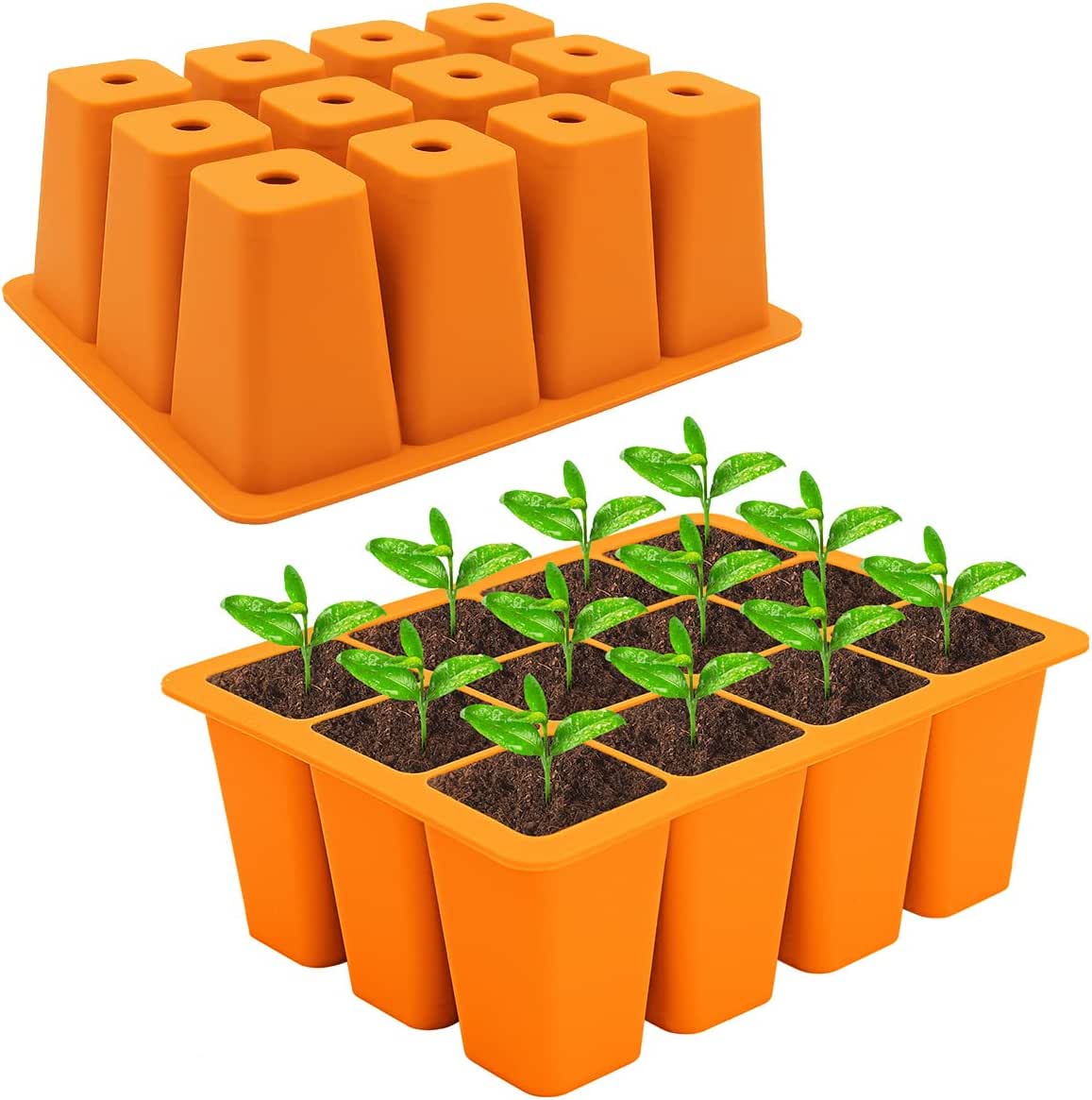When it comes to starting seeds and propagating plants, gardeners have a variety of options for seed starting trays. One increasingly popular choice is silicone seed starting trays, which offer several advantages over traditional plastic trays. However, as with any product, there are also some potential drawbacks to consider. In this article, we’ll explore the pros and cons of using silicone seed starting trays to help you decide if they are worth the investment for your gardening needs.
Pros of Silicone Seed Starting Trays
1. **Durability**: Silicone seed starting trays are made from 100% silicone, which is a highly durable material. They are BPA-free, flexible, and can withstand a wide range of temperatures, making them suitable for both indoor and outdoor use.
2. **Reusability**: Unlike plastic trays that may only last a single growing season, silicone trays are infinitely reusable. They can be washed and sanitized, making them a more eco-friendly and cost-effective option in the long run.
3. **Flexibility**: The flexible nature of silicone allows for easy removal of seedlings and plants, reducing the risk of damage during transplanting.
4. **Space-saving**: Silicone trays can be stacked for efficient storage when not in use, taking up minimal floor space.

Cons of Silicone Seed Starting Trays
1. **Initial Cost**: Silicone seed starting trays may have a higher initial cost compared to plastic trays.
2. **Limited Cell Sizes**: While silicone trays are available in various cell sizes, the selection may be more limited compared to plastic trays.
3. **Potential for Algae Growth**: Like any seed starting tray, silicone trays can be susceptible to algae growth if not properly cleaned and maintained.
In conclusion, silicone seed starting trays offer several advantages, including durability, reusability, and flexibility. However, the initial cost and limited cell size options may be drawbacks for some gardeners. Ultimately, the decision to invest in silicone seed starting trays depends on your specific gardening needs and preferences.